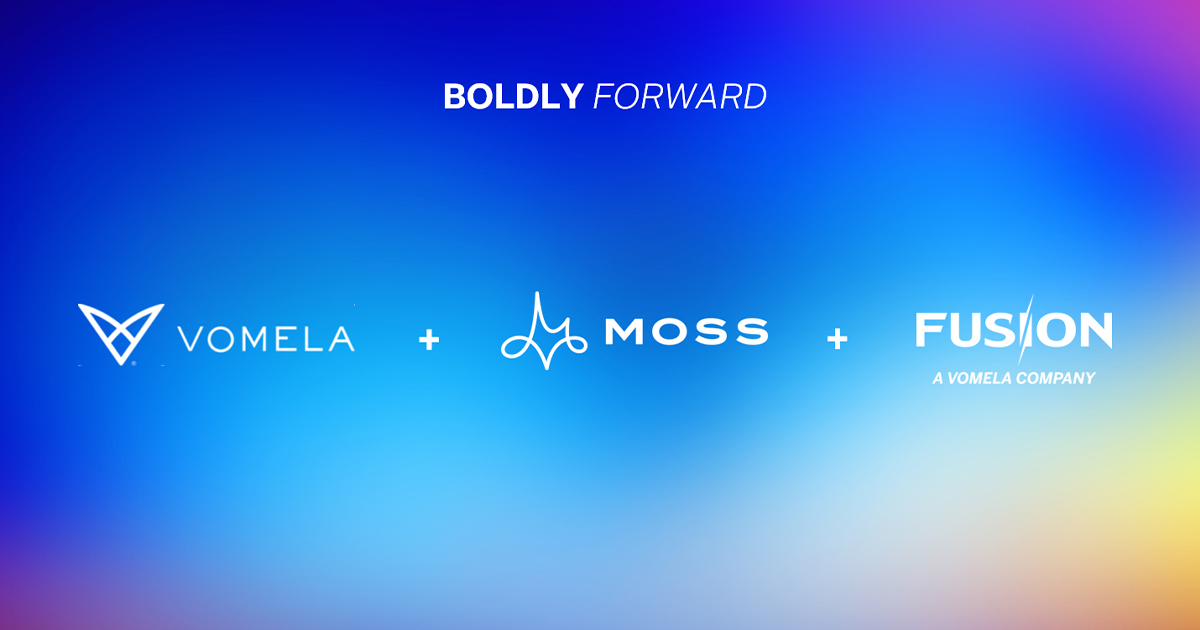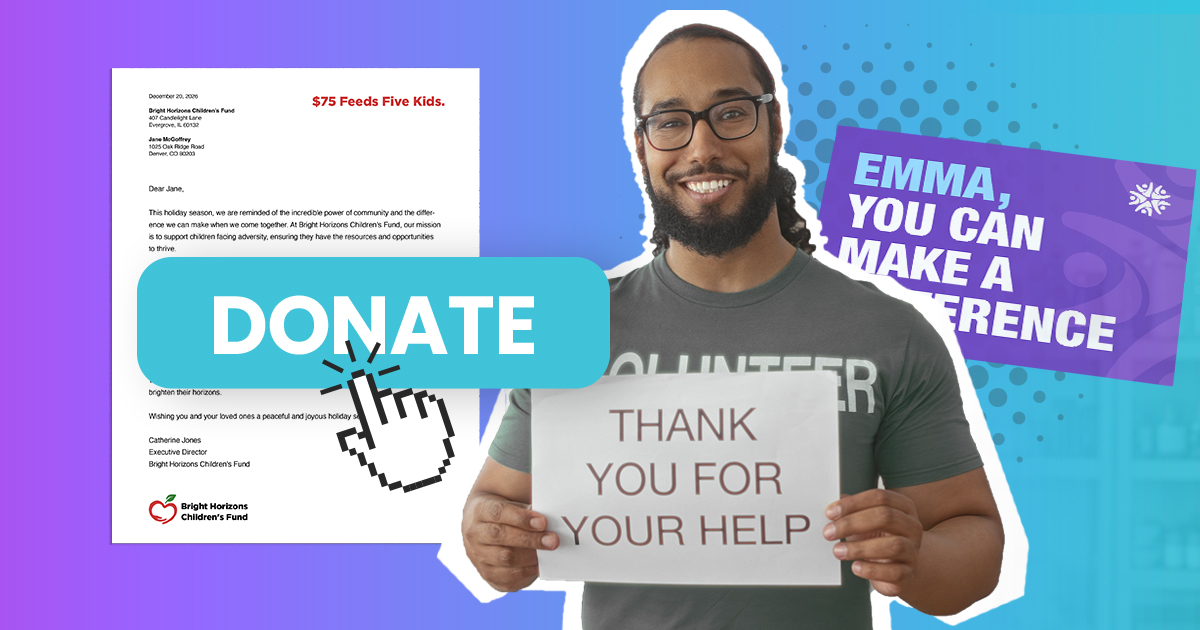
Has Content Marketing Reached a Saturation Point? Part 1

When HubSpot burst onto the scene in 2006 with the concept of “inbound marketing,” the timing was just right. Consumers had long been tired of being interrupted but accepted it reluctantly as the new way of the world. To this day, HubSpot define it this way: “Inbound marketing is a business methodology that attracts customers by creating valuable content and experiences tailored to them. While outbound marketing interrupts your audience with content they don’t always want, inbound marketing forms connections they are looking for and solves problems they already have”.
The confluence of internet infrastructure, truly useful web-based publishing applications, and web search enabled the company to popularize a shift in the marketing eco-system paradigm.
It makes perfect sense: instead of carpet-bombing your market with interruptive messaging, create the content that will attract the people you want to reach. Create good content, the argument goes, and the people will find it.
It wasn’t the idea of creating marketing content that was new. For years, marketing departments had been creating white papers and case studies. What was revolutionary was the distribution. Once upon a time, to get one of those dusty old white papers or case studies, someone filled out and mailed in a coupon they had cut out of a magazine and wait patiently for the item be returned by post.
But the internet disrupted that process—it was the channel that was new. Content could be delivered nearly simultaneously to the prospect’s interest. Bloggers could link directly to content. Search engines became very good at ranking better content highly so it could appear when someone entered a relevant search.
Add in the rise of smartphones and social media and, suddenly, distribution wasn’t an office-hours kind of thing but became 24/7/365.
The content marketing industry emerged on the back of this distribution.
How Much Inbound is Enough?
According to HubSpot’s own research , 82 percent of companies were actively using content marketing strategies in 2021, the primary goal being to generate more high quality leads. When 1,500 marketers worldwide were asked about their primary approach to marketing, “content creation” came in at the Number 4 spot. Interestingly, the top two spots—social media and SEO—are distribution strategies for content.

From HubSpot’s State of Marketing 2021 Report
Even the Number 3 spot, Account Based Marketing, is also an effective content strategy that works in tandem with ABM to create the content those account want. The content being created is one of the tools that sales teams use to reach out directly to target accounts.
This massive market growth has put some stumbling blocks on the happy path of Inbound marketing. While the distribution system itself is, for all intents and purposes, infinite, the limits come in two forms:
- There is a cruelly hard limit to the number of Google SERP (Search Engine Results Page) results, and
- A person can only consume so much content marketing in a day before it become noise itself.
Google SERP limitations
For any given search, Google only shows ten items on the results page and, because of the way numbers work, only one item will ever be in the top position. Google famously uses hundreds of data points to rank content, so it’s more than highly probable that there are hundreds of excellent pieces of content marketing that just don’t make the first-page cut.

There is more than a 10x spread between clicks on the first and tenth positions.
Think about that. The difference between position 1 and position 2 is nearly fifty percent. And the second page? Click through rates start at under 1 percent.
Meanwhile, Google has introduced elements to the SERP that provide answers without requiring someone to leave Google. According to a recent SearchEngineLand article, between January and December 2020, nearly 65 percent of Google searches ended without a click to another web property — up from 50 percent in June 2019, according to a SimilarWeb study.
The article went on to explain that “zero-click searches may mean that users’ queries are resolved right on the results page. By displaying ads or its own products, Google can extract value from zero-click searches, while other sites might not. This can be especially troublesome considering Google sources much of the content that appears on its results pages from publishers, and as the proportion of zero-click searches increase, publishers may be losing out on traffic.
What’s more, social media response rates—which were never really that great to begin with—have crumbled.
Hours in the Day
How much content marketing is being produced? While there are no specific figures available, we can look at some proxy information to get a sense:
- Ubiquity: As already pointed out, HubSpot reports that 82 percent of companies in 2022 were actively using content marketing strategies.
- Market Size: Market research firm Technavio reports that the “content marketing industry” will see a 16 percent compound annual growth through to 2025, rising $417B between 2020 and 2025.
- Budget Increase: The Content Marketing Institute (CMI) reports that 66 percent of respondents to their annual survey anticipated an increase in content marketing budget for 2022. The Marketing Insider Group reported that, in Q4/2021, companies spent more than a quarter of their marketing budget on content marketing .
- Commitment: An Association of National Advertisers (ANA) survey from July 2020 shows a tripling of “strong” company commitment to content marketing between 2018 and 2022.

The ANA survey from July 2020 shows a tripling of companies’ commitment to content marketing.
Finally, from eMarketer: 60 percent of marketers claim to create at least one piece of content marketing per day.
All of these data points indicate that companies are full-steam-ahead with content marketing. The pipeline has proven that it can support this much content and more. But how much content marketing can a person consume?
Markets–especially B2B markets—are finite and populated by busy people who have only 24 hours in a day. Next week, in Part 2 of this article, we will see if the solution for dealing with all this excellent content marketing is to go outbound.



